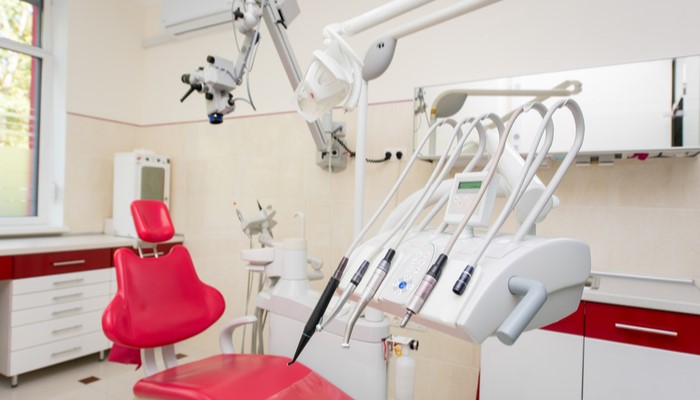27 May Out-of-State-Trained Dental Assistant
“How do I meet state requirements for dental assistants when moving from one state to another?” is one of the most frequently asked questions that the Dental Assistant National Board (DANB) receives from dental assistants across the U.S. The requirements for dental assistants vary in...













